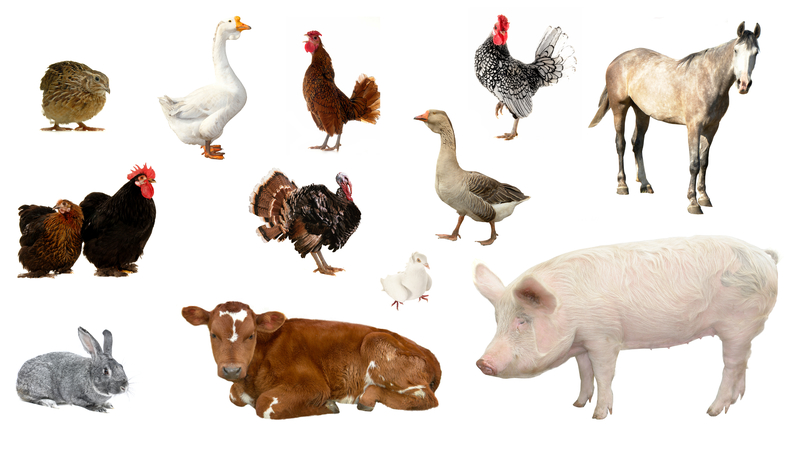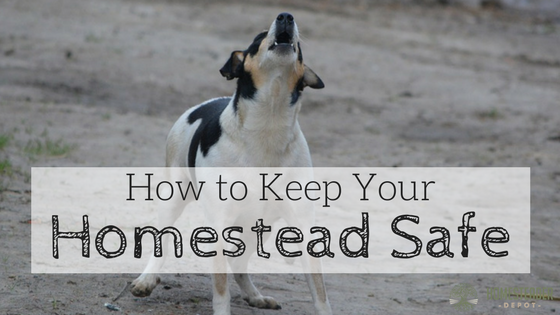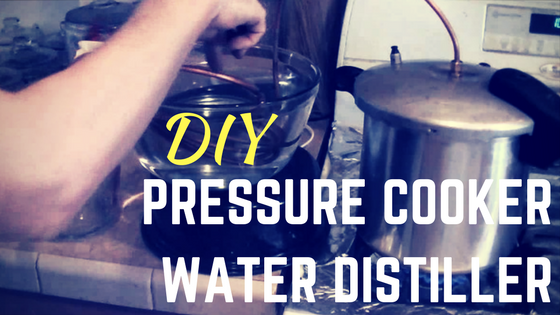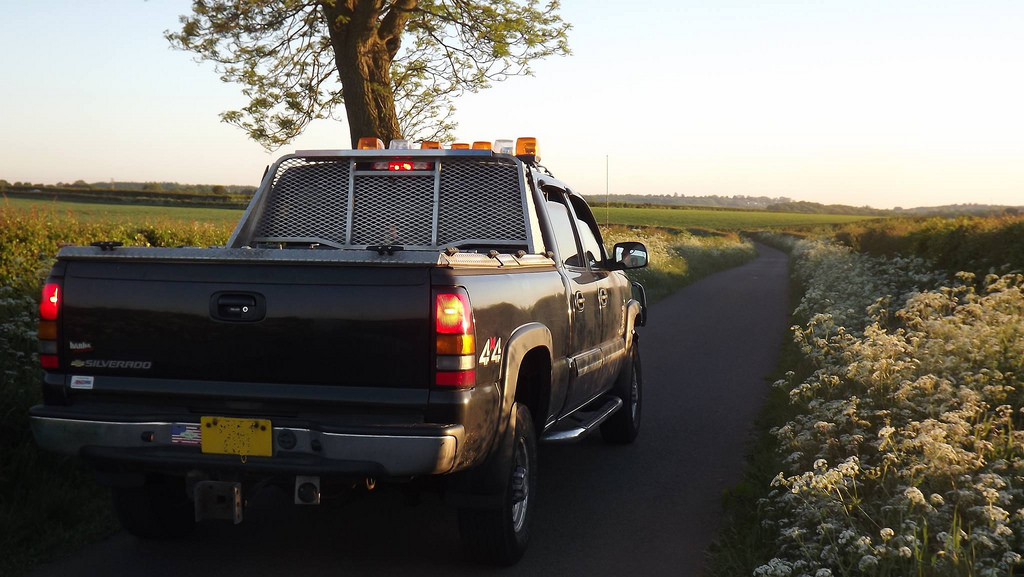3 Keys to Choosing the Perfect Livestock
A farm or homestead without livestock seems unusual, to say the least. Whether you see yourself with a flock of cheerful chickens, a herd of graceful goats or a few calming cows, livestock are a valuable food source that should be planned for carefully, then cared for consistently. Are You Ready to Be Available Every … Read more








